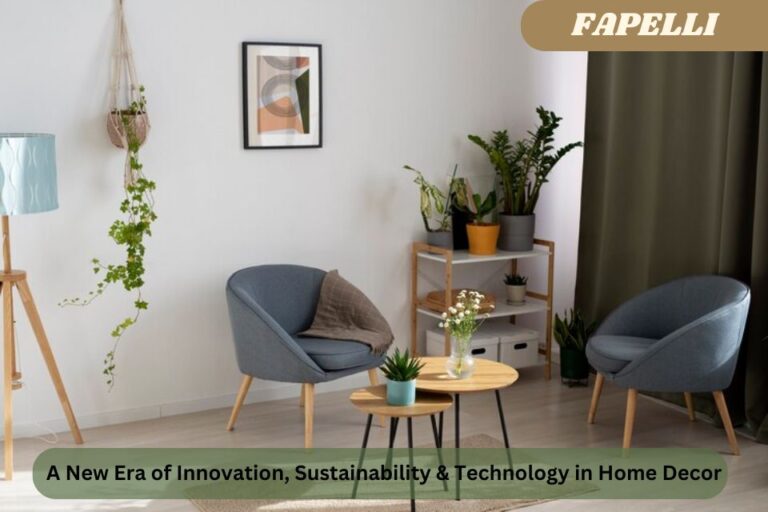Key Takeaways:
- Learn how sustainable landscaping can benefit both the environment and your personal spaces.
- Discover practical ways to incorporate eco-friendly landscaping practices.
- Understand the importance of native plant selection and water conservation.
Why Sustainable Landscaping Matters
Landscaping is crucial not just for the aesthetic appeal of your home but also plays a vital role in urban ecosystems. By adopting sustainable landscaping practices, you contribute positively to the environment, fostering biodiversity, reducing pollution, and reducing resource use. These practices cover a range of strategies to establish harmonious coexistence between human endeavors and the environment. In numerous regions, enlisting the expertise of a landscaper versed in eco-friendly methods may assist homeowners in making well-informed choices about soil management, irrigation, and plant selection.
Sustainability in landscaping not only aids in environmental conservation but also increases the functionality and beauty of outdoor spaces. It promises reduced waste, lower utility bills, and gardens that require less maintenance. As modern society becomes more environmentally conscious, integrating these practices into our daily lives, particularly our homes, becomes an essential step towards sustainability on a larger scale.
Choosing Native Plants
The selection of native plants for your landscape is fundamental in sustainable gardening. Compared to non-native plants, native species use less water and fewer chemical treatments since they have adapted to flourish in local soil types and temperatures. This adaptability leads to a healthier garden with less effort and fosters a connection with local wildlife, supporting birds, insects, and other pollinators essential for ecological health. A report by the Audubon Society elucidates how native gardens can serve as a sanctuary for local wildlife, enhancing biodiversity and environmental balance.
By choosing native plants, homeowners create an environment that thrives naturally, reducing the carbon footprint associated with garden maintenance. This choice becomes even more critical as global climate patterns shift and water resources become increasingly scarce. A landscape dominated by native plants thus becomes a haven for biodiversity while requiring minimal inputs from the gardener.
Water Conservation Techniques
Conservation is a pivotal component of sustainable landscaping in areas where water scarcity is a pressing issue. Techniques like rainwater harvesting, using drought-resistant plants, and applying mulch to retain soil moisture are practical ways to use water efficiently. Installing drip irrigation systems is another effective strategy. These systems allow for precise water delivery to the root zone of plants, minimize evaporation, and save substantial amounts of water.
According to the EPA, outdoor water consumption might make up as much as 30% of the water used in a household, highlighting the significance of prudent management. These water conservation methods do more than save resources; they also cut water bills and contribute to the environment’s overall health. These techniques ensure that landscapes remain vibrant and lush, even during water scarcity.
The Role Of Composting
Composting is a great way to recycle organic waste and provide vital nutrients to the soil. It promotes soil health, improves its structure, and encourages the proliferation of beneficial microorganisms. These benefits translate into healthier plants more resistant to pest and disease pressures. By integrating composting into your gardening practices, you decrease your reliance on synthetic fertilizers, which can leach into waterways and cause eutrophication, a harmful ecological imbalance.
Start by designating a compost area in your yard where vegetable scraps, grass clippings, and leaves can decompose naturally. Over time, these materials break down into rich compost, which can be used to amend garden beds, encouraging robust plant growth and productivity. This practice reduces waste and supports sustainable gardening by closing the nutrient loop.
Utilizing Eco-Friendly Materials
Sustainable sourcing of reclaimed wood, recycled stone, and biodegradable fabrics can reduce environmental impact. These materials reduce landscaping projects’ carbon footprint and transportation emissions. Locally sourced materials, like local stone, save energy costs and integrate harmoniously with the surroundings, providing a sense of cohesion in landscape design. This approach is crucial in balancing the functional and environmental components of landscaping.






